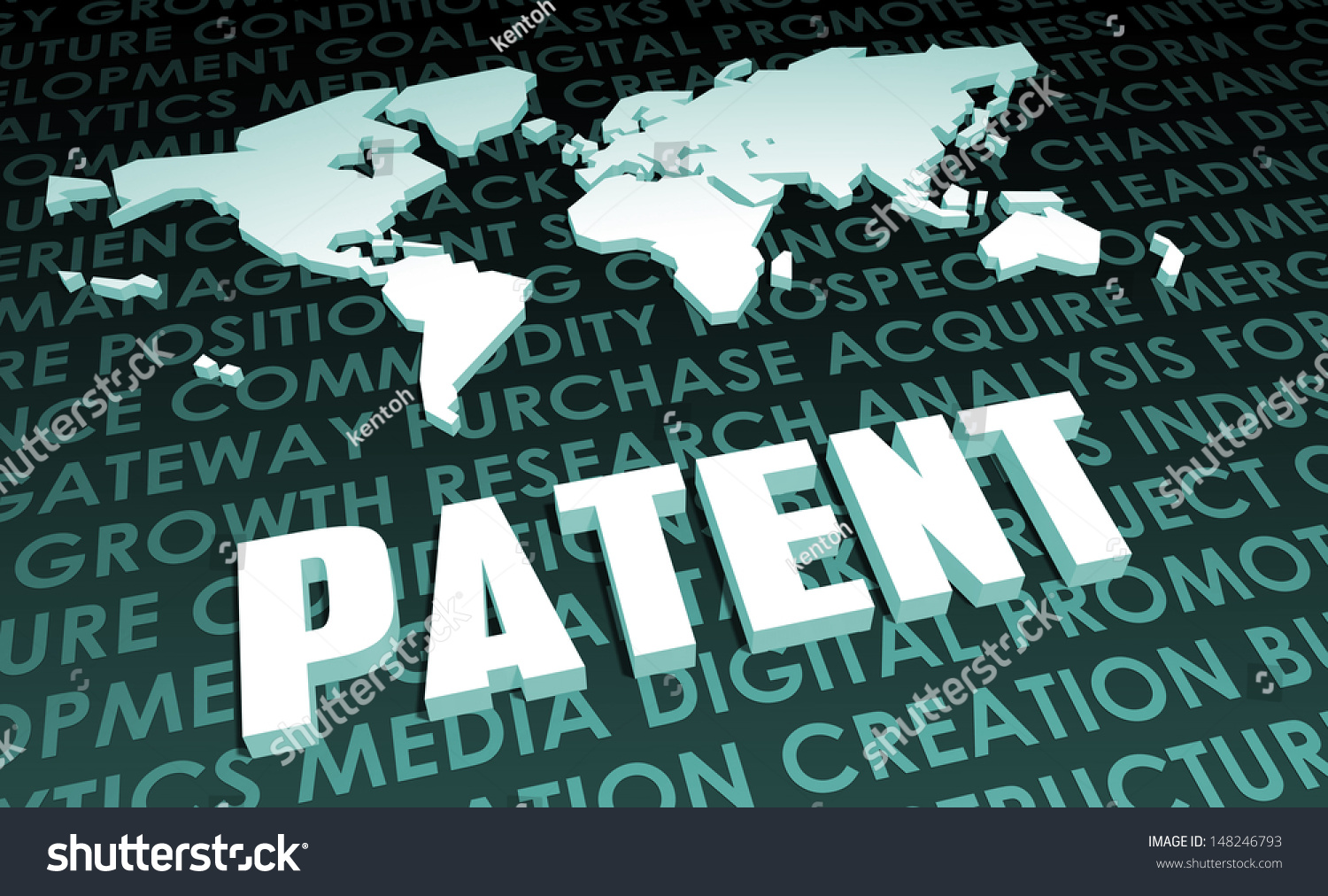The patent system was created to give inventors the right to “exclude others from making, selling, or using [their] invention.”[1] Patent owners therefore want widespread protection both in the country in which the invention was created or is predominantly used and international protection. There is not, at this time, a single, all-encompassing international patent application. As a result, a patent applicant must pursue protection individually in each country. The process to obtain patent protection in countries other than the United States may be achieved by three avenues: an applicant may file in the desired country, file a PCT application and designate PCT member countries, and within 12 months of filing a utility patent application in the United States, either filing in the desired country or filing a PCT application. The World Intellectual Property Organization (WIPO) signed the Patent Cooperation Treaty (PCT) in 1970, which made it possible for applicants to file a PCT application and designate specific PCT member countries.[2] The PCT system has great capacity for improvement of existing features.[3]
The PCT, an international treaty administered by the WIPO, exists between over 140 countries.[4] This process makes it possible to seek patent protection by filing a single application that eliminates “the need for a multiplicity of separate applications.”[5] Filing “an international application [automatically constitutes] the designation of all contracting countries to the PCT on that filing date.”[6] Additionally, the PCT allows for an international search report and written opinion.[7] The international search report acts as a basis for examination of the international application by the designated offices.[8] The provision of the international search report streamlines and standardizes the process.
The PCT is advantageous for applicants and national offices and subsequent contracting states. Applicants benefit because of the fact that the PCT grants them a longer period in which to determine if an invention is “of sufficient commercial value and has sufficient chance of being patentable for the application to be worth pursuing in other countries.”[9] It also provides smaller applicants with the opportunity to seek necessary financial support.[10] Since the applicants have the opportunity to continue to correct formal defects and amend the application during the international phase, applications entering the national phase are generally more refined and of better quality.[11] Additionally, the provision of the international search report saves the relevant examiner a significant amount of time and expense.[12]
Significant improvements to the PCT process have already been made. Time limits have been changed and corresponding regulations have been amended.[13] Many of the features already in use are ripe for improvement. It would be beneficial for both the applicants and the examiners to attempt to streamline or combine the connection between the international and national stages, specifically the national first filings and the processing of international applications.
The PCT system has significantly helped streamline the process of working to obtain an patent protection on the international stage. Though there are still potential improvements to the system, the process of attempting to secure patent protection through the use of a PCT application has been significantly improved since its initial implementation. Though inventors and patent applicants would undoubtedly prefer a single, widespread patent application that provided global protection, this will not likely exist in the near future as it would result in a form of monopolistic control of the invention in question. Though imperfect, the PCT process has provided a successful means of securing widespread patent protection.
- WIPO Intellectual Property Handbook 17 (WIPO, 2nd ed. 2004). ↑
- The Patent Cooperation Treaty, June 19, 1970, 9 Intl. Legal. Mats. 978 (hereinafter “PCT”). The PCT entered force on January 24, 1978. ↑
- Memorandum from Francis Gurry, Director General of the WIPO, The PCT System – Overview and Possible Future Directions and Priorities, 18 (Feb. 2, 2017). ↑
- U.N LDC Portal International Support Measures for Least Developed Countries: Committee for Development Policy, WIPO Patent Cooperation Treaty (PCT), https://www.un.org/ldcportal/wipo-patent-cooperation-treaty-pct/ (last visited Feb. 13, 2021). ↑
- Jay Erstling & Isabelle Boutillon, The Patent Cooperation Treaty: At the Center of the International Patent System, 32 William Mitchell Law Rev. 1598 (2006). ↑
- Manual of Patent Examining Procedure § 1801, R-10-2019. ↑
- Id. ↑
- PCT at Art. 6. ↑
- Memorandum from Francis Gurry, supra note 3 at 6. ↑
- Id. ↑
- Id. at 7. ↑
- Id. ↑
- Id. at 17. ↑


